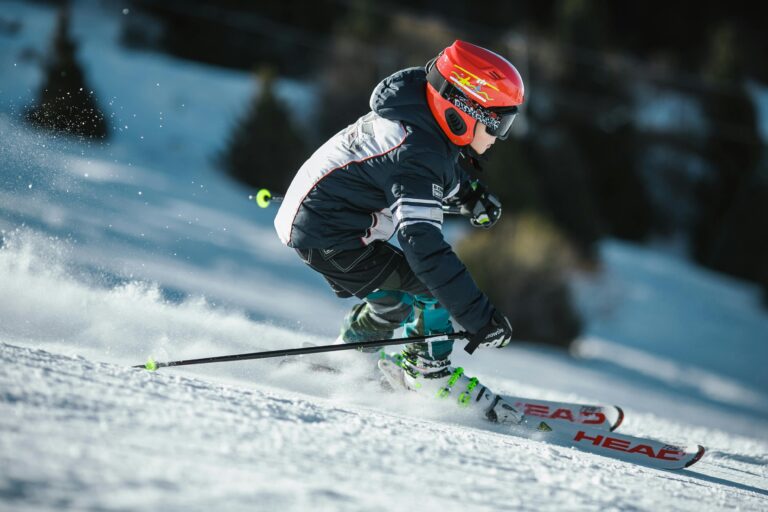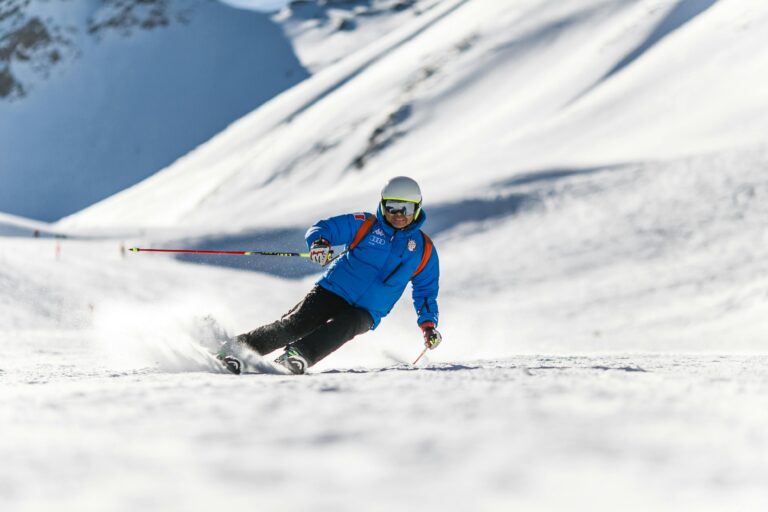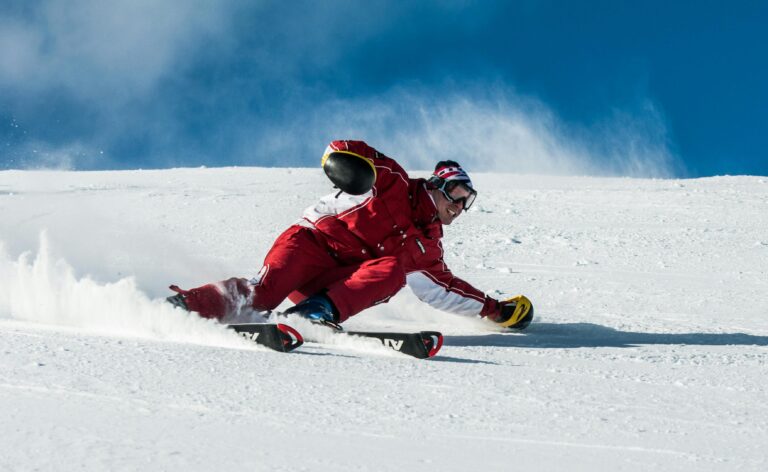“`json
{
“blogcontent”: “
What Are the Risks Associated with Snowmobiling?
Snowmobiling is an exhilarating adventure, but it comes with its fair share of risks. Did you know that the Centers for Disease Control and Prevention (CDC) reports thousands of injuries each year from snowmobiling incidents? That includes everything from minor scrapes to more serious injuries like fractures and concussions. Accidents can happen for various reasons—collisions, falls, poor visibility—you name it! Understanding these risks can make a significant difference.
What Stats Should You Remember?
- Injuries: Around 14,000 injuries happen each year in the U.S. due to snowmobiling.
- Fatalities: About 200 snowmobiling deaths occur annually, emphasizing the need for caution.
How Does Snowmobiling Compare to Other Winter Sports in Terms of Danger?
When we stack snowmobiling against other popular winter sports like skiing and snowboarding, the perception of safety shifts. For example, skiing has a higher number of injuries—about 20% more reported accidents than snowmobiling. However, the severity of snowmobiling accidents can be much higher due to high speeds and potential collisions with obstacles.
Quick Comparison:
- Snowmobiling: Higher severity but fewer incidents per participant.
- Skiing: More frequent injuries, often related to falls.
So while snowmobiling might feel more secure because of the controlled vehicle, it’s still crucial to acknowledge the real risks involved!
What Are Common Causes of Snowmobiling Accidents?
Want to stay safe while you’re out there? Let’s look at what usually goes wrong on the trails:
- Excessive Speed: Adrenaline is tempting, but speeding is a leading cause of accidents!
- Poor Weather Conditions: Snowstorms or fog can sneak up on you, making navigation tough.
- Neglect of Equipment Maintenance: Failing to check your snowmobile can lead to mechanical failures.
- Inexperience: Novices might lack the skills to handle tricky terrains.
- Alcohol: Riding under the influence can really impair your judgment.
Real-life stories from riders often highlight how simple mistakes or rushing can lead to some pretty hairy situations.
Tip to Avoid Common Errors: Always take your time on new trails, check the weather, and keep your snowmobile in good shape!
How Can Snowmobilers Improve Their Safety?
To enjoy all the thrills snowmobiling offers, you’ve got to gear up with the right tools—safety tools, that is! Here are some essentials:
Must-Have Safety Gear:
- Helmet: Protect that noggin!
- Protective Clothing: Insulated and padded suits are a must for warmth and safety.
- Goggles: Shield those peepers from snow and wind.
- First Aid Kit: Just in case of minor injuries.
Recommended Practices:
- Always check your snowmobile before hitting the trails.
- Ride in groups; there’s safety in numbers!
- Stick to the marked trails, where possible hazards are minimized.
Experts on YouTube often say, “Preparation is half the battle—make sure you’re ready before you ride!”
What Specific Training Should New Riders Consider?
Starting out on the right foot can make all the difference. It’s super beneficial to enroll in snowmobiling safety courses. They cover everything from basic operation to environmental awareness. Many states, like Michigan, offer these programs, focusing on responsible riding practices and trail etiquette.
Benefits of Training:
- Increases riding confidence.
- Enhances safety awareness.
- Helps in making better decisions on the trail.
Previous learners have shared how training not only prepared them for the ride but made them appreciate the sport even more!
What Are the Most Common Injuries in Snowmobiling?
Knowing the types of injuries that can occur is vital for prevention:
- Fractures: These are common, usually in arms or legs during falls or crashes.
- Concussions: Head injuries are serious. Always wear a helmet!
- Spinal Injuries: High-impact collisions or bad landings can lead to severe spinal injuries.
Preventing these injuries starts with making safety a priority. Wear the right gear and avoid any actions that put you at risk.
How Do Environmental Factors Impact Snowmobiling Safety?
The terrain you’re riding on can greatly affect your safety. Here are some factors to consider:
- Forested Areas: They can disguise hidden obstacles, increasing collision chances.
- Icy Conditions: Ice patches can be hard to spot until it’s too late.
- Snow Depth: Too deep? You’ll get stuck, and that can lead to dangerous situations.
Stay informed about local conditions and be prepared to adapt your riding style based on your environment!
What Should You Do in Case of an Accident?
Accidents can happen, but knowing what to do next can make it less stressful:
- Check for Injuries: First things first, make sure everyone is okay.
- Call for Help: Reach out for medical assistance if needed.
- Administer First Aid: If you’re able, provide basic care to those who are injured.
- Document the Incident: Take notes or pictures for insurance purposes.
Resources from the National Park Service provide detailed instructions on these procedures to ensure everyone’s safety.
What Are the Misconceptions Surrounding Snowmobiling Safety?
There are a few misconceptions that can put riders in danger:
- Myth: “Snowmobiles are totally safe.”
Reality: They require respect and care to operate safely. - Myth: “Helmets are optional if I’m going slow.”
Reality: Accidents can happen at any speed—never skip the helmet!
Community forums often feature stories that reveal how easily these myths can lead to troubles on the trails.
What Advanced Safety Gear Should Every Snowmobiler Consider?
If you’re serious about safety, there’s advanced gear you might want to check out:
- Snowmobile Suit: Invest in a high-quality suit that balances warmth with protection.
- Anti-Fog Goggles: Visibility’s key when riding—choose goggles that won’t fog up!
- GPS Device: These are immensely helpful for navigating unfamiliar trails.
Recommendations from friends and online communities can be valuable in picking effective gear.
What Are the Latest Statistics on Snowmobiling Accidents?
Staying updated with accident statistics helps put things into perspective:
- Injury Counts: Annually, there’s about 200 fatalities linked to snowmobiling in the U.S.
- Trends: While awareness has improved, incidents in certain areas remain steady.
For the most accurate and updated statistics, check resources from the American Council of Snowmobile Associations.
Conclusion
Snowmobiling can be an incredibly fun and exhilarating sport; just remember that safety should always come first. By understanding the risks, taking proper precautions, and equipping yourself with knowledge and training, you can significantly lower the dangers associated with this winter activity.
Got questions or stories to share about snowmobiling? Comment below! For more tips and resources, check out the CDC and NASBLA websites for detailed safety guidelines. Ride safe out there!
”
}
“`




